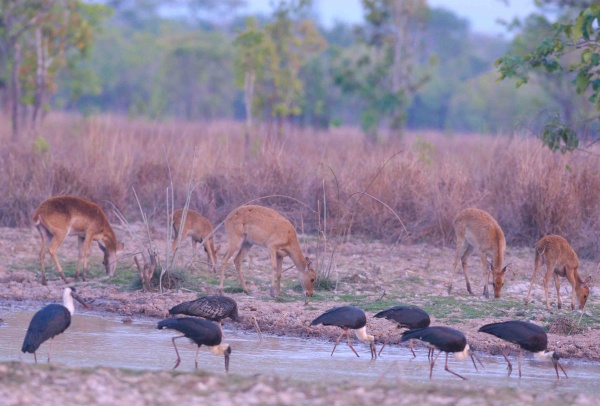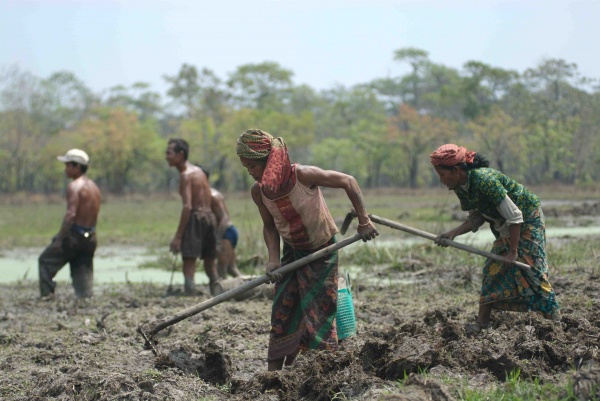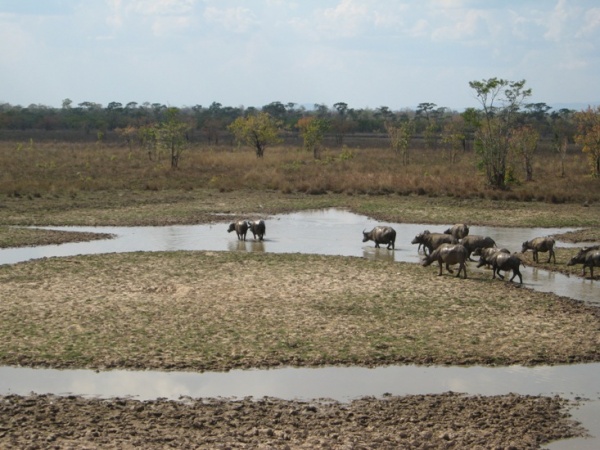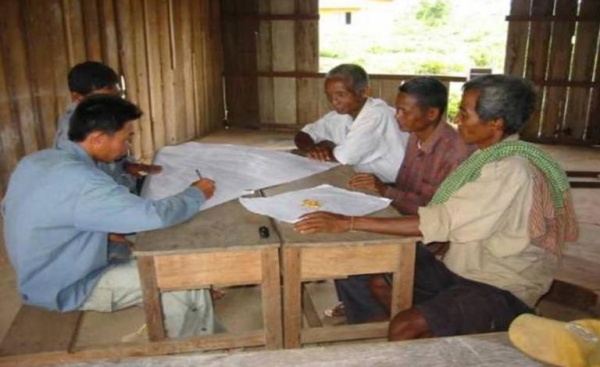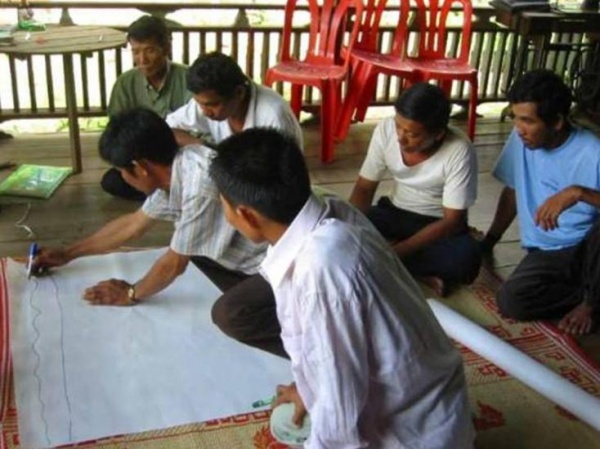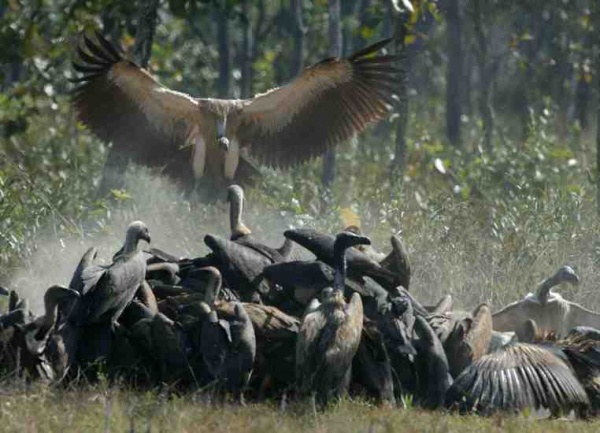Natural Resource Management in the Critical Habitat of Western Siem Pang
25.07.2011
-
SUBMITTED ORGANISATION :
-
BirdLife International
-
DATE OF SUBMISSION :
-
25/07/2011
-
REGION :
-
South-Eastern Asia
-
COUNTRY :
-
Cambodia
-
SUMMARY :
-
Cambodia's rural populations are heavily reliant on natural resources to support subsistence-based livelihoods. Small-scale rice production and local fishing sustain a large percentage of the population, and forest products are relied upon to provide food and shelter across the country. As resource-driven markets expand however, the pressures on forests, habitats, biodiversity, and inevitably, livelihoods are also impacted. Up until the early 1990's, Cambodia remained off-limits to global markets, plagued by almost 3 decades of war and turmoil. Forestry, broad scale agriculture and extraction industries were therefore slower to capitalise on Cambodia's natural wealth, comparative to many of its Southeast Asian neighbours. Formal natural resource protection was also absent until the early 1990s. Today, Cambodia's protected area network covers over 27% of its land area designated under Royal Decrees dating back to 1993 (Hout, Pech, Poole, Tordoff, Davidson, Delattre, 2003). Remaining one of the poorest countries in the region, on-ground management of its protected area network is limited in both financial and technical capacities and laws governing industrial expansion into these areas are weak. In a rapidly changing economic landscape, Cambodia's biodiversity now faces battles on all fronts: expanding populations continue to encroach into previously uninhabited or very low use areas, opportunistic immigrants from neighbouring nations are also arriving to exploit the wealth of natural resources, and agricultural and extraction industries are being granted sweeping land concessions as the government tries to capitalise on its forests resources. In a number of cases, these economic expansions have diminished available natural resources for subsistence dependent communities. Birdlife International in Indochina - Cambodia Programme (Birdlife Cambodia) has been working with the remote villages of Western Siem Pang (WSP) to improve natural resource management and support basic livelihood activities. Research in collaboration with the University of East Anglia (UEA), is exploring the role of local livelihoods and livelihood activities that impact conservation of the Critically Endangered White-shouldered Ibis. By developing an understanding of the local community’s reliance on the forests and wetlands, the project aims to develop livelihood options and alternatives sympathetic to the conservation of the site's critical species. Preliminary results suggest that there is a strong mutual benefit (biodiversity/community) in the existing grazing system of domestic cattle and buffalo, but these traditional landscape management systems will come under considerable pressure from economic change, especially if the practices valuable to biodiversity become no longer economically optimal. Through community engagement, the threats and stresses to the ecological systems on which livelihoods depend are being addressed, while sustainable management practices are being introduced to help conserve biodiversity and improve local well-being.
-
KEYWORD :
-
Cambodia, critically endangered birds, forest wetlands, rice cultivation, fishing, community natural resource management
-
AUTHOR:
-
Mr. Liam Costello is the Project Support Officer for BirdLife International's Cambodia Programme. His work in Cambodia focuses on biodiversity monitoring and the development of data management systems for site-based monitoring projects in Cambodia's northern and eastern plains. A major part of his role involves the training of local rangers in the collection and management of baseline data in some of Cambodia's most critical ecosystems. Mr. Bou Vorsak is the Country Programme Manager for BirdLife International’s Cambodia Programme. Vorsak is responsible for overall management and development of the programme of BirdLife International in Cambodia. Since 2006, he has provided technical support to field staff in Western Siem Pang on biodiversity monitoring and community empowerment. Currently, he is assisting the field team in updating the Trapaeng management protocol and enhancing community participation.
-
LINK:
-
Google Maps link
BirdLife
BirdLife in Indochina
BirdLife fact sheet




